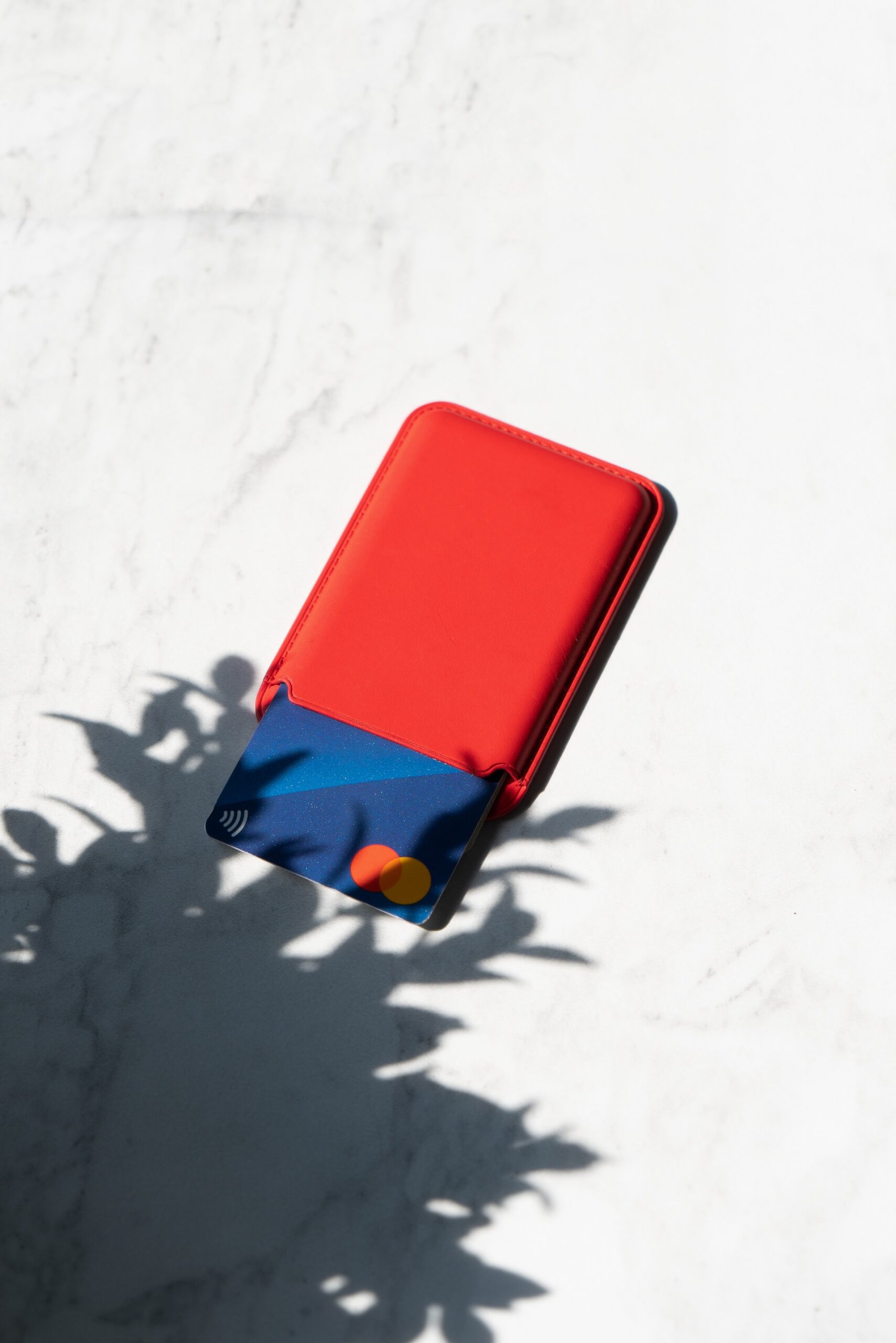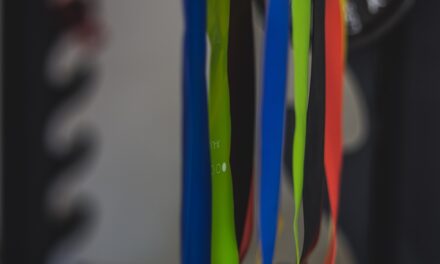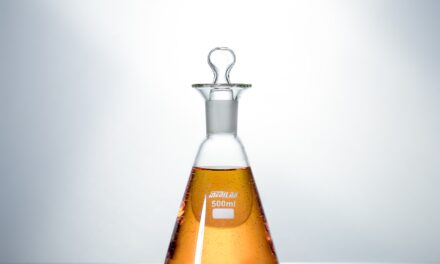When Buying Skincare, What Are You Really Paying For?
Ever wondered what’s behind the price tag of your skincare product? Are you just forking out for fancy ingredients and chic packaging? The reality may surprise you. Let’s break it down and see where your money really goes.

Here’s a startling fact: when you buy a skincare product for $50, only about $0.75 (1.5%) or less is spent on research and development (R&D) – the formulation testing and science that underpins the product. The same amount, just $0.75, is used for the actual ingredients and packaging. Manufacturing costs only double that, accounting for a mere $1 (about 2%) of the product price.
In sum, if a skincare product is priced at $50 in a store, the total cost for producing it is usually under $5.
You might be thinking, “If that’s true, why am I paying so much?” Welcome to the world of marketing, distribution, retailer markups, taxes, and the ultimate business goal: profit.
Marketing and distribution chew up a whopping $10 (at least 20%) of the price you pay. These are the advertising campaigns, celebrity and influencer endorsements, beautiful magazine spreads, and logistic costs to get the product on the shelves.
The retail markup takes an even bigger bite. About $20 (about 40% – but often higher) of what you pay is simply the retailer’s markup. So if you’re shopping in a store, a good portion of your cash isn’t even going to the company that produced your skincare product.
The profit for the brand? They’re left with around $6 (10-18%%) from your purchase, but remember – that’s before taxes.
Here’s where it gets even more interesting. You may think buying directly from the brand online could cut out the middle men and mean that more of your money goes to pay for the skincare formulation, but this isn’t always the case. To succeed in Direct-to-Consumer (DTC) sales, brands have to invest heavily in SEO, advertising, affiliate marketing, influencers, trade shows, and more. These costs can offset any saving from skipping the retailer’s markup.
Please note: These numbers are ballparks, and the actual figures fluctuate brand by brand. Luxury players enjoy heftier margins, and some retailers charge higher markups.
All-in-all, the next time you pick up a skincare product, keep in mind: you’re not just paying for the stuff that goes onto your skin. You’re footing the bill for the whole machine behind it.
Choose your products based on actives
WIMJ Search allows you to select skincare products based on what’s inside. Filter products by actives included, and exclude ingredients you don’t want. Check the concentration of ingredients and potential irritants.
Sources
- Is A 700% Retail Markup Too Much For A Beauty Product? https://www.beautyindependent.com/retail-markup-beauty-product-fur-oil-shark-tank/
Related Articles
The Aging Face: the Brutal Truth About Skincare Limitations
Explore the deeper aspects of aging, beyond skin-deep. Learn how bones, muscles, and fat influence facial changes and understand the limitations of skincare in fighting time. Embrace the natural evolution of your beauty with a fresh perspective.
Can Topical Skincare Improve Skin Elasticity?
Discover the truth about skin elasticity and the effectiveness of topical skincare treatments. Learn about the key components that give our skin its elasticity, why skincare can help to an extent, and the best strategies to protect your skin’s natural firmness
Do You Really Need Custom-Made Skincare?
Custom-made skincare products have become a talking point recently. But are they an essential innovation in skincare or simply a captivating marketing gimmick? This blog post delves into whether personalized skincare truly offers advanced scientific solutions tailored to our unique needs or is it luring us into paying more for seemingly “perfect” products.
Is Skincare A Scam?
Is Skincare a Scam? "Is skincare a scam?", you might wonder after spending $$$ on products that don't work. Or better put, "does the beauty industry turn skincare into a scam?". In many ways, yes - unfortunately. As consumers, we crave innovation, seeking skincare...




